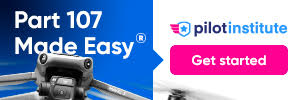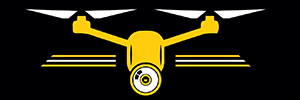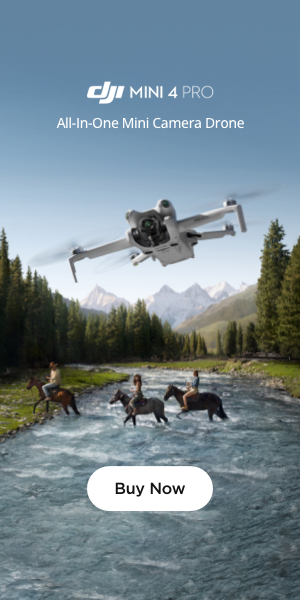I just bought 3x of the same for my
Air 2. Just think of them as sunglasses. Maximum effect is at 90 degrees to the sun. Best for highlighting big cumulus clouds in a blue sky or to remove glare off surfaces and reflections off water. Good also for saturating colours in vegetation. And to check the P/L effect, attach to the lens and then look at your monitor screen as you rotate the filter whilst pointing the drone (in your hand) in the direction of primary flight interest. You should see the P/L effect on screen. Then go fly ..... ??










